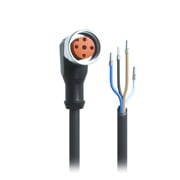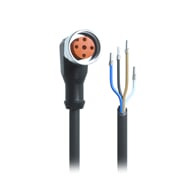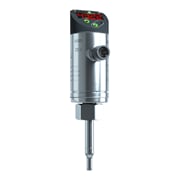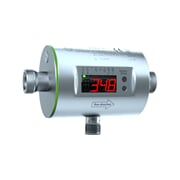PNP or NPN?
Sensor output types – PNP vs. NPN?
PNP or NPN? The question as to the kind of output type is always fundamental when it comes to selecting sensors. So what exactly is the difference between PNP and NPN sensors and which one is right for your application?
In probably over 95% of cases, the answer to this question is provided by the location where the sensor is to be deployed. PNP sensors are used mainly in Europe. NPN sensors are still used to some extent in Asia. However, the basic question is: Do you need a sourcing-type output or a sinking-type output? A transistor is used in sensors to trigger a signal change. The transistor operates somewhat like a switch, and it uses either PNP switching or NPN switching. 'P' stands for 'Positive' here and 'N' stands for Negative, and the terms indicate how the transistor is designed and doped.
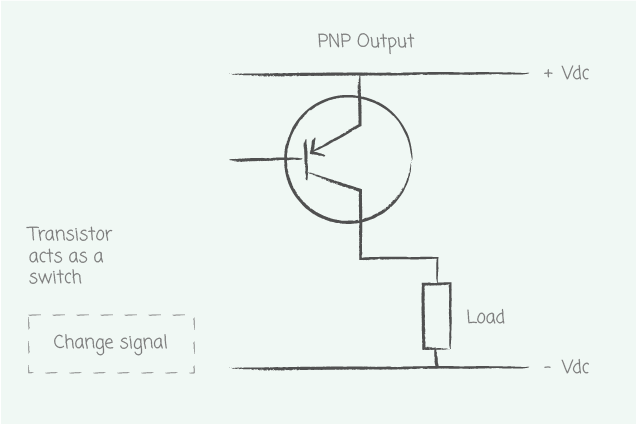
PNP sensor:
With PNP sensors, the load is connected to the switching output and V−. This makes V− the reference point. If a signal change occurs at the sensor, the transistor switches through. The current flows from V+ through the transistor and via the load to V-, which closes the circuit.
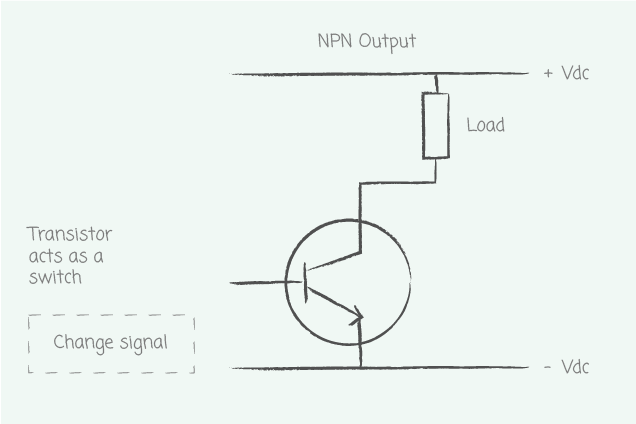
NPN sensor:
With NPN sensors, the load is connected to the switching output and V+. This makes V+ the reference point. If a signal change occurs at the sensor, the transistor switches through, current flows from V+ via the load and through the transistor to V-, which closes the circuit.

The transistor operates somewhat like a switch, and it uses either PNP switching or NPN switching. 'P' stands for Positive; 'N' stands for Negative.
Patrick Targonski, Product Manager at autosen


For connection to a PLC, it should be borne in mind that the sensor must have an output type that the PLC expects. Usually, the input stage of a PLC detects the state of the sensor (on or off). But then it will be specifically expecting either a PNP or an NPN sensor. As described above, Asian manufacturers often use NPN sensors, whereas the majority of European machines are operated using PNP sensors.
Products with different output types
 Cloud compatible
Cloud compatible



